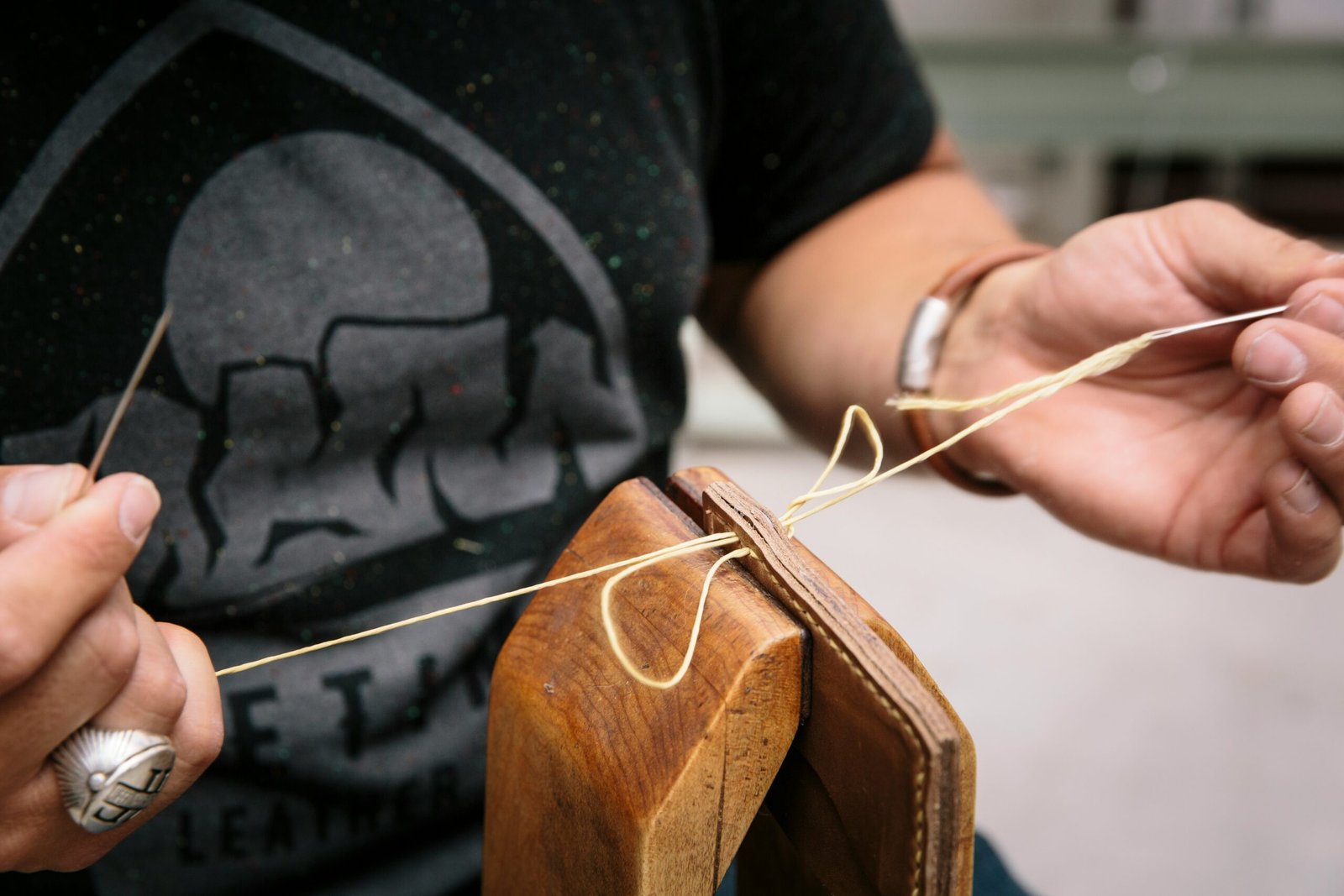Leather goods have long been a popular choice for consumers due to their durability and timeless appeal. Leather goods, particularly leather bags, have been coveted for their durability, aesthetic appeal, and status symbol. However, the production and consumption of leather goods come with significant environmental costs. This article delves into the environmental impact of leather bags, from raw material sourcing to manufacturing and disposal, providing a comprehensive overview of their ecological footprint.
1. Raw Material Sourcing: Livestock Farming
a. Deforestation and Land Use:
- Leather production begins with livestock farming, primarily cattle. The demand for cattle not only drives deforestation but also contributes to habitat destruction. For instance, the Amazon rainforest, often called the “lungs of the Earth,” has been extensively cleared for cattle ranching, leading to a loss of biodiversity and disruption of ecosystems.
- The United Nations’ Food and Agriculture Organization (FAO) estimates that around 14.5% of global greenhouse gas emissions come from livestock, with beef and dairy production being major contributors.
b. Greenhouse Gas Emissions:
- Cattle farming is a significant source of methane, a potent greenhouse gas. Methane emissions from enteric fermentation (digestive process of ruminants) contribute substantially to global warming.
- Manure management and the use of synthetic fertilizers for feed crops further add to the carbon footprint of leather production.
2. Leather Tanning and Processing
a. Chemical Use:
- The tanning process, which converts raw hides into durable leather, involves a range of chemicals, including chromium salts, which are highly toxic. Chromium tanning is prevalent due to its efficiency and cost-effectiveness but poses severe environmental and health risks.
- Wastewater from tanneries often contains heavy metals, sulfides, and other pollutants. Without proper treatment, this wastewater can contaminate soil and water bodies, affecting both human health and aquatic life.
b. Energy Consumption:
- Leather processing is energy-intensive. The tanning, dyeing, and finishing processes require significant amounts of electricity and water. This high energy consumption contributes to the overall carbon footprint of leather goods.
3. Manufacturing and Transportation
a. Resource Intensity:
- The manufacturing of leather bags involves several stages, including cutting, stitching, and finishing, which are resource-intensive. Skilled labor and specialized machinery are necessary, leading to higher energy and resource use compared to synthetic alternatives.
b. Transportation:
- Leather bags are often produced in countries like Italy, India, and China and then shipped worldwide. The transportation of raw materials and finished products adds to the carbon emissions associated with leather goods. Long supply chains mean higher fuel consumption and greenhouse gas emissions.
4. End of Life: Disposal and Recycling
a. Longevity and Waste:
- While leather bags are known for their durability, they eventually wear out and need to be disposed of. Unlike synthetic materials, leather is biodegradable, but the process can be slow, especially for treated leather.
- Landfilling leather products contribute to methane emissions as they decompose. Incineration, another common disposal method, releases harmful pollutants into the atmosphere.
b. Recycling Challenges:
- Recycling leather is challenging due to the complex tanning and finishing processes. While some leather scraps can be repurposed, large-scale recycling is not yet feasible. This leads to a significant amount of leather waste.
5. Sustainable Alternatives and Practices
a. Eco-Friendly Leather:
- Vegetable-tanned leather, which uses natural tannins from plant sources, is a more environmentally friendly alternative to chrome-tanned leather. However, it is less common due to higher costs and longer processing times.
b. Innovative Materials:
- Alternatives to traditional leather, such as lab-grown leather (biofabricated leather) and leather made from plant-based materials (like mushroom leather or apple leather), are gaining traction. These alternatives aim to reduce the environmental impact of leather production.
c. Ethical Consumerism:
- Consumers can reduce the environmental impact by opting for high-quality, durable products, buying second-hand, and supporting brands that prioritize sustainability. Some companies have adopted eco-friendly practices, such as using renewable energy, reducing water usage, and implementing better waste management systems.
The production and consumption of leather bags have significant environmental impacts, from the early stages of livestock farming to the disposal of the final product. While leather is a durable and high-quality material, its environmental footprint is substantial. Shifting towards more sustainable practices and materials, both in production and consumption is crucial in mitigating these impacts. As consumers become more aware of the ecological consequences, the demand for eco-friendly and ethical alternatives is likely to grow, driving positive change in the leather industry.
References:
- Amazon Deforestation and Cattle Ranching
- Livestock’s Long Shadow: Environmental Issues and Options
- Global Methane Emissions from Livestock
- Toxicity of Chromium in Leather Tanning Industry
- Environmental Impacts of Tanneries
- Energy Use in Leather Production
- Resource Intensity in Leather Goods Manufacturing
- Carbon Footprint of Transportation in Global Supply Chains
- Leather Waste and Disposal
- Challenges of Leather Recycling
- Vegetable Tanned Leather
- Innovative Leather Alternatives
- Sustainable Practices in Leather Industry

